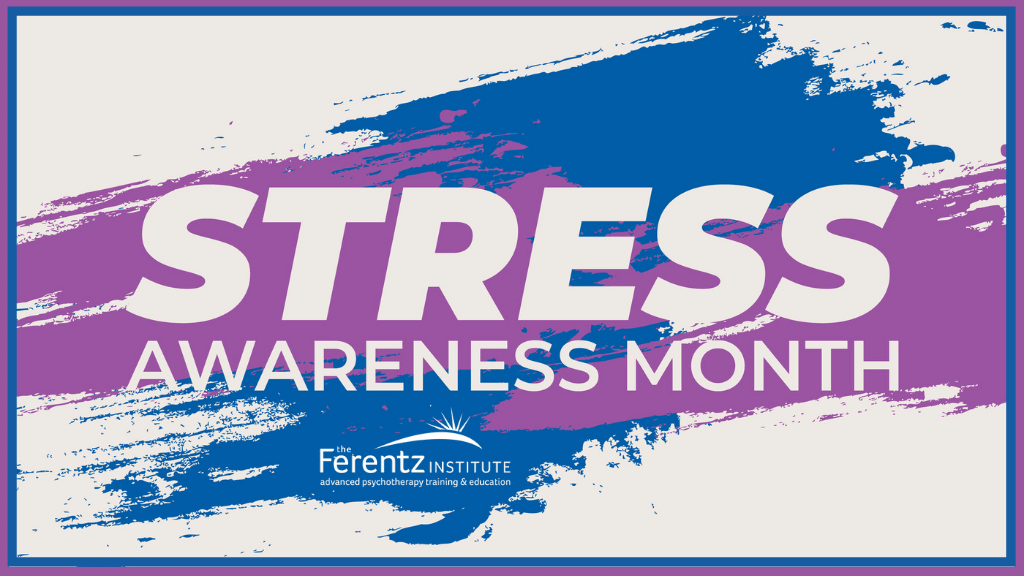
April is Stress Awareness Month and it’s a good time to revisit the need to assess for and encourage healthy self-care. Given all the ongoing stressors in the world it’s so important to ask clients how they are routinely comforting themselves. Whatever else you are focusing on in therapy, spend time identifying and unpacking the specific tools they are using to self-soothe. I place a great emphasis on this because so often traumatized clients either don’t have a lot of resources for self-care or were never taught through example that they had the right to be comforted when life was stressful, frightening, or overwhelming for them.
As I recently worked with a client who had a long-standing history of bingeing and another client who historically used alcohol in response to stress, I realized in both cases, these clients believed that they actually were engaging in self-care by either turning to food or alcohol to numb or distract from upsetting feelings, scary world events, or painful memories. In other words, strategies that created dissociation and numbing had become synonymous with self-care. This makes sense given the fact that in childhood neither client had any internal or external resource for comfort or soothing. “Checking out” and not being in the present moment was a better strategy than staying present and feeling the relentless pain of their trauma and abuse. Oftentimes, stress, anxiety, fear, sadness, or anger are “soothed” by the knee jerk response of zoning out and not dealing with or resolving the emotional discomfort.
A key element to bring up in therapy is the idea that dissociation and acts of self-harm, although soothing in the short-term, evoke guilt, shame, and other negative outcomes in the long-term. The reality is, “calming themselves” by cutting, drinking, using marijuana, overeating, or spending countless hours video gaming only serves to create additional stress and overwhelming feelings once the numbness or dissociation wears off. It also reinforces the notion that their feelings are unmanageable and have to be suppressed. Instead, we need to help clients gain enough confidence, self-compassion, and ego strength to believe that whatever they are thinking or feeling can be managed and worked through in healthy, genuinely soothing ways.
Teaching clients to “stay present” is also important because it enables them to more accurately assess what they feel, why they feel it, and what they actually need to feel better.
It’s nearly impossible to use soothing resources in a zoned-out state. Helping clients to develop positive self-talk is another way they can begin to reassure themselves that they do have what it takes to achieve a sense of inner peace. That might include reaching out to other safe people or using the healthier strategies that have been practiced in therapy. It’s worth remembering that trauma survivors have either a very limited repertoire for self-care or don’t even have the notion of self-care on their radar. And in some cases, a parent may have modeled and normalized the use of self-destructive behaviors as a way to cope or feel better. The client with eating disordered behaviors watched her mother do the very same thing and absorbed the message that overeating was the way to distract from other painful issues. The client who turned to alcohol as a form of self-medication watched her father do that throughout her childhood. Stepping back and challenging the effectiveness of those behaviors and finding the courage to admit that, in the long run, they leave them feeling worse is the first step towards learning other, healthier ways to self-soothe.

